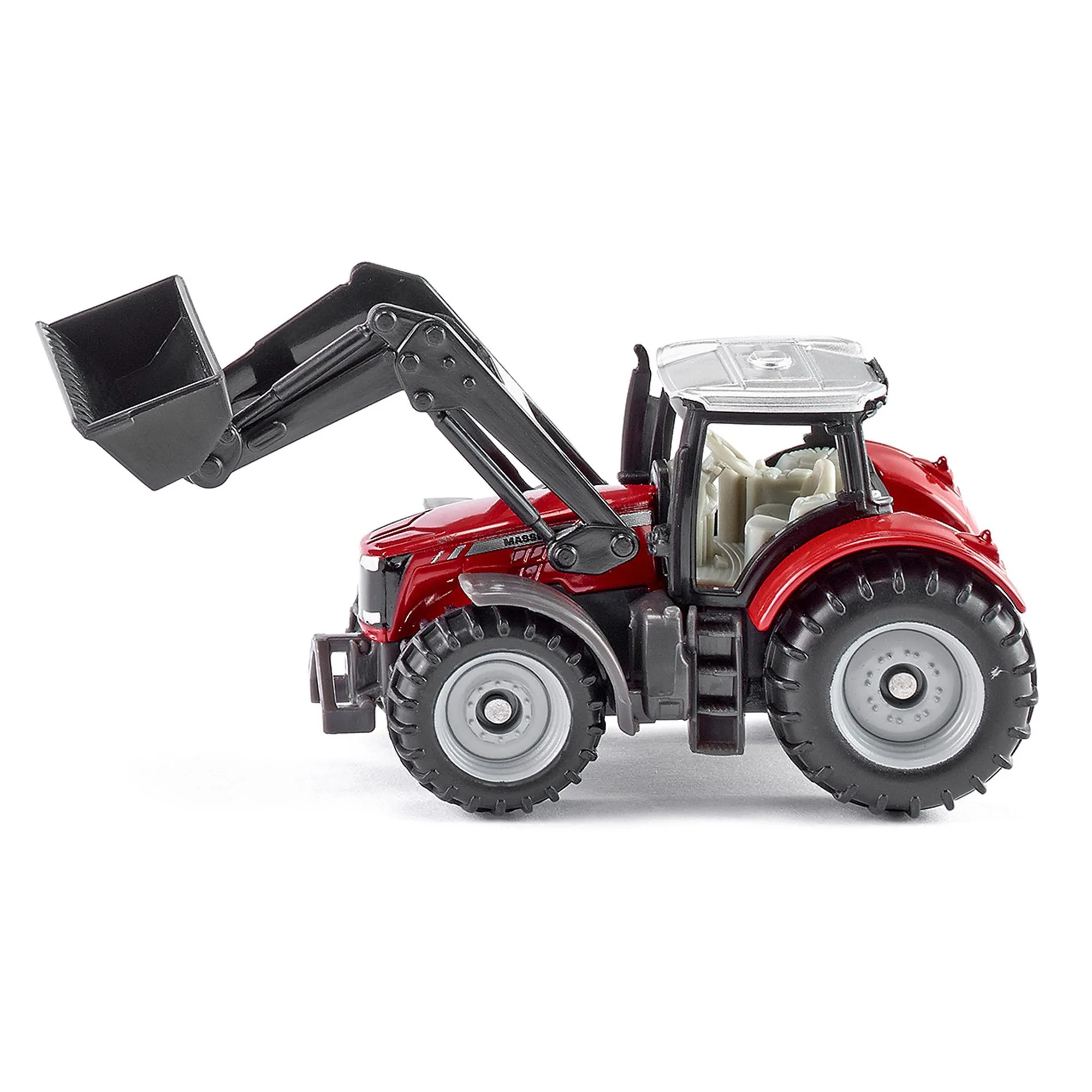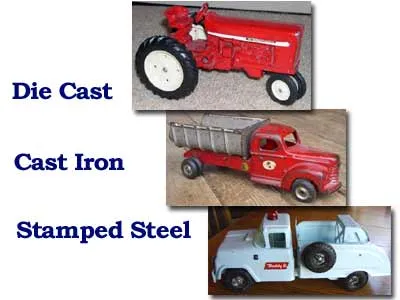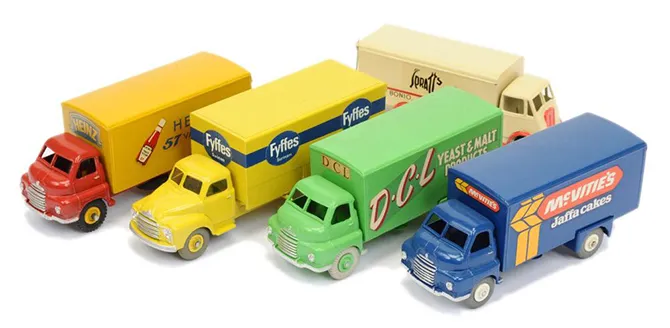What Are Diecast Cars
Diecast cars are miniature vehicles made using a die-casting process, a method of producing metal castings by forcing molten metal under high pressure into reusable molds. These molds, or dies, are typically made from steel and are designed to precisely replicate the shape of the desired object. Diecast cars are celebrated for their detail, durability, and collectibility, making them a popular hobby for enthusiasts of all ages. The term ‘diecast’ refers to the manufacturing process, where molten metal is injected into a mold (die) and allowed to cool and solidify. This process enables the creation of complex shapes with fine details, allowing for incredibly realistic miniature vehicles. Diecast cars can represent a vast range of vehicles, from classic cars and race cars to modern trucks and construction equipment.
The History of Diecast Cars
The origins of diecast cars can be traced back to the early 20th century, with the earliest examples appearing around the 1900s. Initially, these were simple toys, but as manufacturing techniques improved, so did the level of detail and realism. Early diecast models were often crude, but they served as a precursor to the highly detailed models we see today. The evolution of diecast cars mirrors the advancements in manufacturing technology. The demand for more realistic and detailed models pushed manufacturers to experiment with different materials and techniques. The transition from simple toys to highly detailed scale models is a testament to the enduring appeal of diecast cars.
Early Development

The early development of diecast cars was heavily influenced by the need for durable and affordable toys. Toy manufacturers were constantly seeking ways to create toys that could withstand the rigors of play while remaining cost-effective to produce. The die-casting process provided an efficient method for mass-producing detailed metal toys. The early models were not just toys they also provided valuable insights into how children and adults would react to the ever-changing auto industry. The basic design was focused on replicating the shapes of the vehicles. The initial models often had simple designs and basic paint jobs. These early models were a starting point for the sophisticated models we see today. The early models also show a lot of innovation in the manufacturing processes.
Materials Used in Diecast
The primary material used in the die-casting process for diecast cars is typically a zinc alloy, often referred to as Zamak. This alloy is a combination of zinc, aluminum, magnesium, and copper. Zamak is favored for its excellent casting properties, low melting point, and ability to capture fine details. The use of zinc alloy allows manufacturers to create highly detailed miniature vehicles at a reasonable cost. Other materials are also used, such as plastic for tires, interiors, and various accessories. The combination of diecast metal and plastic components allows for a balanced blend of detail, durability, and cost-effectiveness. The right combination of these materials determines the success of the model itself.
Zinc Alloy and Its Significance
Zinc alloy, particularly Zamak, is the cornerstone of diecast car manufacturing due to several key properties. Its low melting point makes it easy to cast, and it flows well into the mold, ensuring every detail is captured. Zamak’s ability to reproduce fine details is a major reason why diecast cars can achieve such high levels of realism. The alloy also offers a good balance of strength and durability, allowing diecast cars to withstand handling and play. The material’s versatility and cost-effectiveness have solidified its place in the diecast car industry, making it the preferred choice for manufacturers worldwide. Zinc alloy is also environmentally friendly and can be recycled.
Manufacturing Process

The manufacturing process of diecast cars is a fascinating combination of precision engineering and artistry. It begins with the design of the car, followed by the creation of highly detailed molds. Molten zinc alloy is injected into these molds under high pressure, filling every crevice and contour. Once the metal cools and solidifies, the casting is ejected, and the excess material is trimmed away. The next stage involves surface preparation, where the casting is cleaned and prepared for painting. The car is then painted, often in multiple layers, to achieve the desired color and finish. Finally, the model is assembled, with plastic components, decals, and other accessories added. The intricate manufacturing process is the reason for the beauty of the model cars.
Die Casting Techniques
Die-casting techniques are continuously evolving, with manufacturers employing advanced methods to improve the quality and detail of their models. High-pressure die casting ensures that the molten metal fills the mold completely, capturing even the smallest details. Precision tooling and advanced mold designs enable the creation of complex shapes and intricate features. Surface treatments, such as polishing and plating, enhance the appearance and durability of the castings. The use of computer-aided design (CAD) and computer-aided manufacturing (CAM) has revolutionized the process, enabling more accurate and efficient production. These sophisticated techniques allow diecast cars to achieve remarkable levels of detail and realism.
Scale and Types of Diecast Cars
Diecast cars are available in various scales, each representing a specific ratio of the model’s size to the real-life vehicle. The scale is a crucial factor for collectors, as it determines the size and detail of the model. Different scales cater to various preferences, from small, pocket-sized models to larger, more detailed replicas. The range of scales allows collectors to create diverse collections, with models of various sizes and types. These scales include 1:18, 1:24, 1:43, and 1:64. Beyond scale, there are many types of diecast cars, from classic cars and race cars to trucks, buses, and construction vehicles, reflecting the rich diversity of the automotive world.
Popular Scales Explained

Several scales dominate the diecast car market, each offering a unique appeal to collectors. 1:18 scale models are among the largest and most detailed, often featuring opening doors, hoods, and trunks. 1:24 scale models offer a good balance of detail and size, making them a popular choice for many collectors. 1:43 scale models are smaller and more affordable, ideal for building extensive collections. 1:64 scale models are the smallest, offering a cost-effective way to collect a wide variety of vehicles. Each scale caters to a specific audience, with collectors often focusing on a single scale or mixing different scales to create diverse displays. The scale is essential to consider when starting a collection.
Different Types of Diecast Cars
The world of diecast cars offers a vast array of vehicle types, catering to every interest and preference. Classic cars from the early to mid-20th century are highly sought after, with collectors drawn to their elegant designs and historical significance. Modern sports cars and luxury vehicles are also popular, reflecting the latest automotive trends. Race cars, including Formula 1, NASCAR, and other motorsport vehicles, are a staple for many collectors, capturing the excitement of the racing world. Trucks, buses, and construction vehicles offer a different appeal, with their functional designs and detailed features. Special edition models, limited releases, and promotional vehicles add to the variety, making diecast cars a diverse and dynamic hobby.
Collecting Diecast Cars
Collecting diecast cars is more than just a hobby; it’s a passion that brings together people of all ages and backgrounds. The appeal lies in the thrill of the hunt, the joy of acquiring rare models, and the satisfaction of building a curated collection. Collectors often specialize in specific types of vehicles, scales, or brands, allowing them to focus their efforts and deepen their knowledge. The collecting community is vibrant, with online forums, clubs, and shows where collectors can connect, share their knowledge, and trade models. Collecting diecast cars can be a source of immense satisfaction, allowing enthusiasts to appreciate the beauty and craftsmanship of these miniature vehicles.
Tips for Beginner Collectors

Starting a diecast car collection can be an exciting journey, but it’s helpful to approach it with a clear plan. Begin by identifying your interests, whether it’s classic cars, race cars, or specific brands. Research the different scales and choose one or two that suit your preferences and budget. Set a budget to avoid overspending and track your expenses. Join online forums and local clubs to connect with other collectors and learn from their experiences. Start small, focusing on models that appeal to you, and gradually expand your collection. Protect your investment by storing your models in a safe place away from direct sunlight and dust. Collecting diecast cars can be a rewarding experience, but it’s essential to approach it responsibly and enjoy the process.
Displaying and Preserving Your Collection
Proper display and preservation are crucial for protecting your diecast car collection and enhancing its visual appeal. Display cases, shelves, and cabinets are ideal for showcasing your models while protecting them from dust and damage. Consider using lighting to highlight your collection and create a more engaging display. Store your models in a cool, dry place away from direct sunlight, which can fade the paint and damage the materials. Regular cleaning with a soft cloth can help remove dust and maintain the models’ appearance. Handle your models with care to avoid scratches and dents. By taking these steps, you can ensure that your diecast car collection remains in pristine condition for years to come.
The Value of Diecast Cars
The value of diecast cars varies significantly, depending on several factors. Some models are worth a few dollars, while others can command prices in the thousands. Factors that influence value include rarity, condition, manufacturer, scale, and historical significance. Limited edition models, promotional vehicles, and those with unique features tend to be more valuable. The condition of the model is critical; mint-condition models with original packaging are highly sought after. The manufacturer’s reputation and the model’s historical significance also impact value. Certain scales and model types are more valuable than others. Understanding the factors that affect value can help you assess your collection and make informed buying and selling decisions.
Factors Affecting Value

Several factors influence the value of diecast cars. Rarity is a significant factor, with limited-edition models and those produced in small quantities commanding higher prices. The condition of the model, including its paint, details, and any original packaging, is crucial. The manufacturer’s reputation and the quality of the model also contribute to its value. Historical significance, such as the model’s association with a particular event or era, can increase its worth. Demand from collectors plays a role, with popular models or brands attracting higher bids. The presence of original boxes and documentation can also increase the value. By considering these factors, collectors can assess the value of their models more effectively.
Rarity and Demand
Rarity and demand are key drivers of the value of diecast cars. Limited-edition models, which are produced in a small number of units, are highly sought after by collectors. Promotional models, often created for specific events or companies, can also be rare and valuable. The demand for certain models or brands can fluctuate over time, influenced by trends, historical events, and collector preferences. Models that are no longer in production (discontinued) often increase in value. The condition of the model and any accompanying documentation or packaging also impact its value. The interaction of rarity and demand creates a dynamic market for diecast cars, offering collectors the opportunity to find valuable and unique models.
The Future of Diecast Cars
The future of diecast cars is promising, with continued innovation and increasing collector interest. Technological advancements and new manufacturing techniques are driving improvements in detail, realism, and functionality. The rise of online marketplaces and social media platforms has expanded the collecting community and created new opportunities for collectors to connect and trade. The demand for diecast cars remains strong, with new models and brands emerging regularly. The enduring appeal of diecast cars, combined with the passion of collectors, ensures a bright future for this captivating hobby. The auto industry keeps influencing the changes.
Technological Advancements

Technological advancements are transforming the diecast car industry. 3D printing allows for the creation of highly detailed molds and prototypes. Advanced painting techniques and finishes improve the realism and aesthetics of the models. The use of computer-aided design (CAD) and computer-aided manufacturing (CAM) streamlines the production process and enhances accuracy. Interactive features, such as working lights, sounds, and remote control, are becoming more common. The integration of technology is not only improving the quality of diecast cars but also expanding their appeal to a broader audience. These advancements create a path to more innovative model cars.
The Everlasting Appeal
The everlasting appeal of diecast cars stems from their blend of craftsmanship, collectibility, and nostalgia. The intricate details and realism of these miniature vehicles captivate collectors of all ages. The joy of collecting, the thrill of the hunt, and the satisfaction of building a curated collection create a strong emotional connection. Diecast cars offer a tangible link to the past, preserving the legacy of classic vehicles and celebrating the evolution of the automotive industry. The sense of community among collectors, fostered by online forums, clubs, and shows, ensures the enduring popularity of this cherished hobby.
